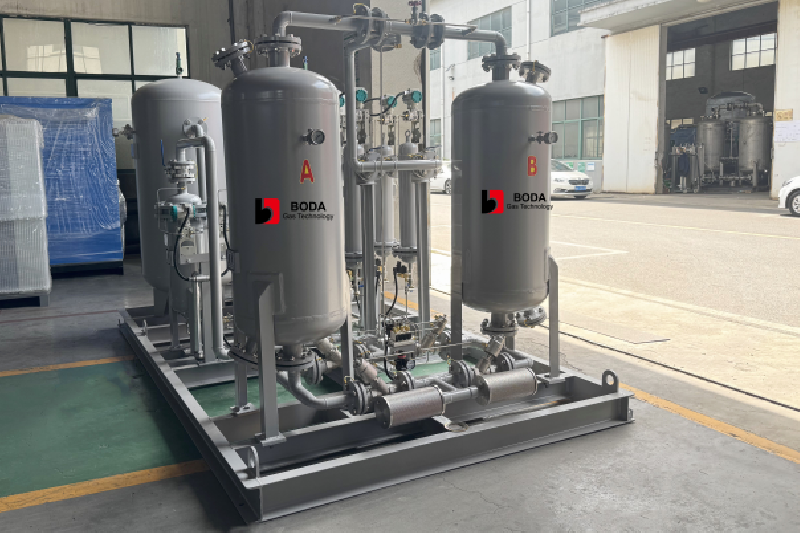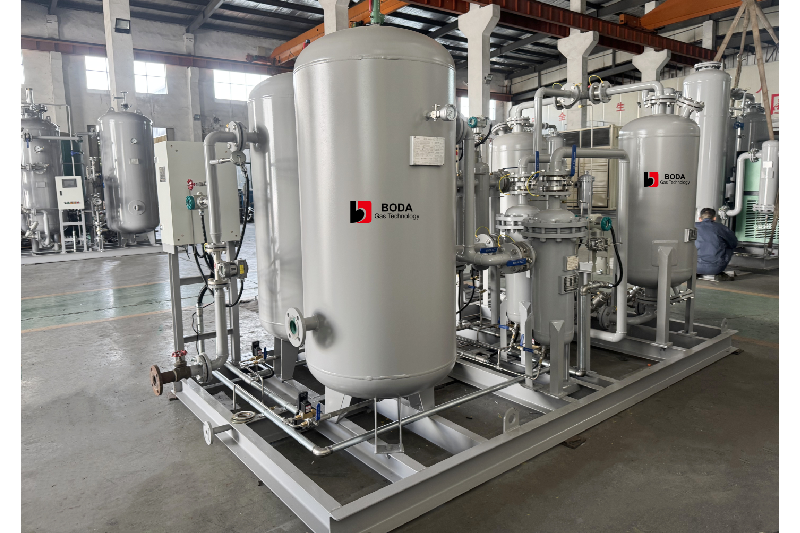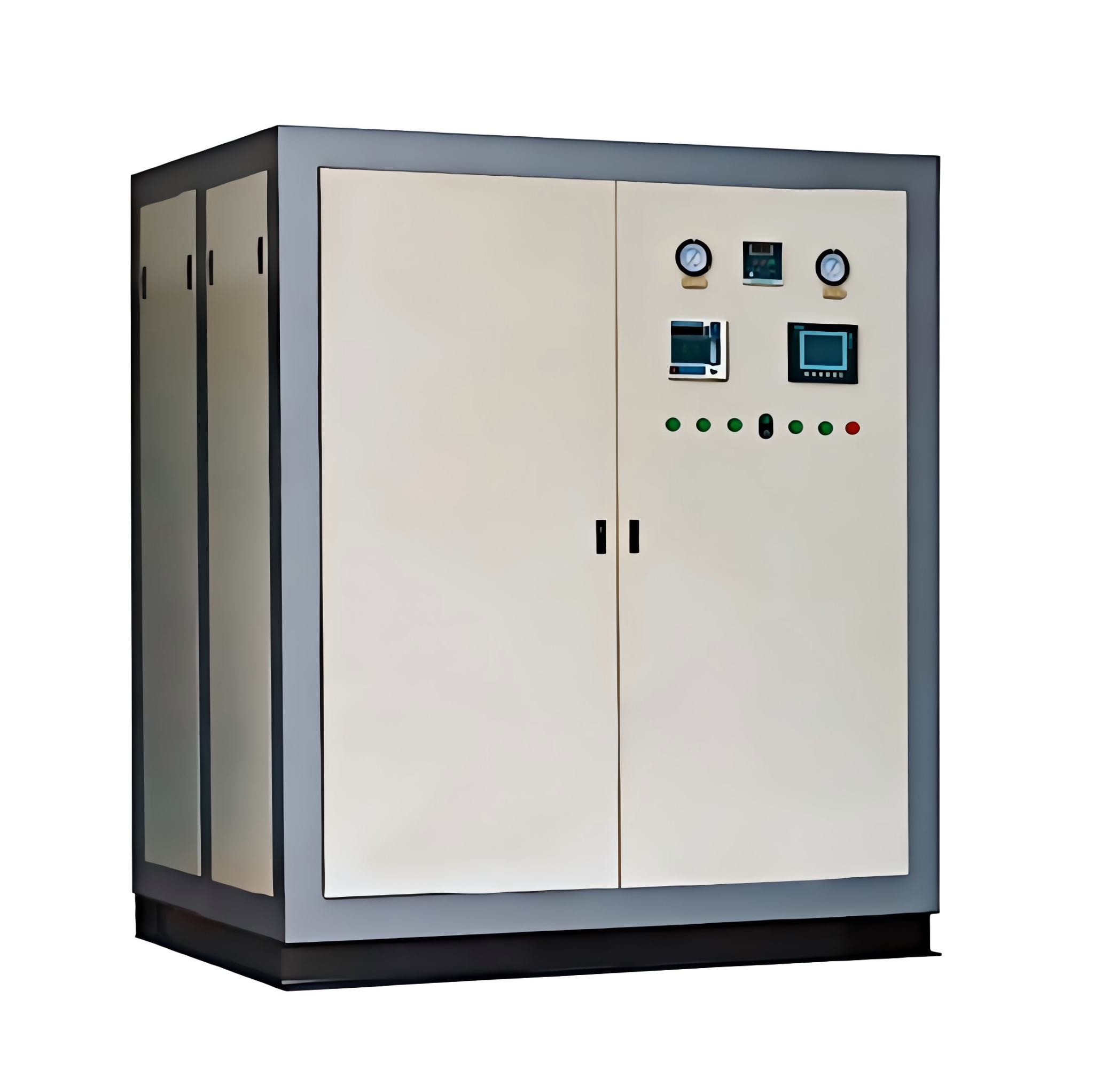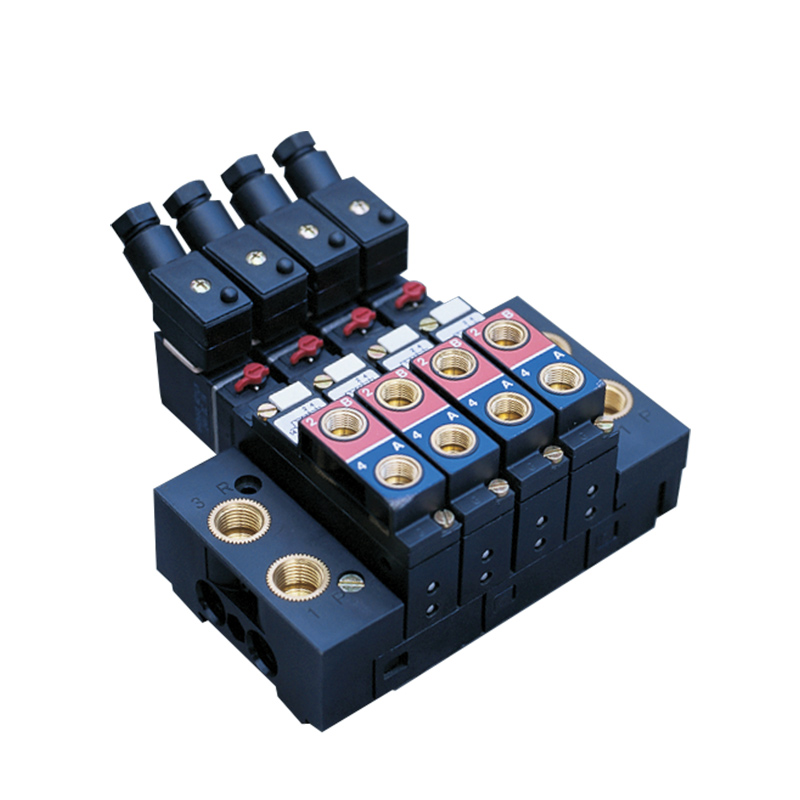The Invisible Lifeblood of Industrial Automation
Instrument air system is the “invisible lifeblood” of industrial automation, and its reliability directly impacts production safety and efficiency. Through source purification (drying/filtering), real-time monitoring, and preventive maintenance, failure risks are significantly reduced to ensure continuous and stable operation.
Instrument air systems are essential for powering industrial control instruments safely and reliably. Proper air drying, filtration, and purification protect equipment, reduce downtime, and enhance production efficiency.
Instrument air often works behind the scenes, yet its impact on safety, performance, and reliability is undeniable. From petrochemical plants to power stations, a robust instrument air system ensures that control valves, actuators, and analyzers function accurately. But what exactly is instrument air, and why must it be clean, dry, and oil-free? Let’s examine the fundamentals of this essential utility.
What is Instrument Air?
Instrument air refers to the compressed air used to power control systems, valves, and actuators in industrial environments. Unlike plant air, which may contain moisture and oil, instrument air is purified, dry, and free of contaminants. It is an essential utility in facilities where pneumatic instruments require a consistent and clean energy source to function reliably. Industries such as petrochemical, oil and gas, pharmaceutical, and power generation depend heavily on this form of air.
Its role is particularly vital in hazardous or sensitive environments where the malfunction of a single control device could lead to costly downtime or safety hazards. Instrument air systems generally consist of a compressor, air dryer, filters, and a storage tank. Each of these components works in unison to maintain a consistent flow of clean, dry air for instrumentation purposes. Without it, the performance of precision instruments would degrade, risking production stability and safety.


What Does Instrument Air Consist of?
An instrument air package typically comprises several essential components that ensure air quality and reliability. These include an instrument air compressor to generate pressurized air, followed by a series of purification devices: pre-filters to remove coarse particles, coalescing filters to eliminate oil aerosols, and activated carbon filters for removing vapors. The core component is the instrument air dryer—often a regenerative desiccant air dryer—which reduces moisture to a dew point of -40°C or lower, preventing corrosion and freezing in pneumatic lines.
Additionally, the system features a storage tank to balance demand fluctuations and ensure consistent pressure delivery. Monitoring systems track dew point, pressure, and air quality, providing alerts in case of anomalies. Together, this instrument air dryer package is crucial for maintaining the integrity of air instrument operations in critical environments.
What is the Purpose of Instrument Air Systems in the Plants?
The primary purpose of an instrument air system is to provide a stable and clean energy source for automated control processes. In plants, this includes operating pneumatic control valves, relays, solenoids, and safety systems. These systems rely on compressed air because it’s inherently safe—especially in explosive or flammable environments—and offers precise response characteristics ideal for instrumentation.
Reliable instrument air ensures consistent valve positioning, accurate sensor readings, and uninterrupted process control. It eliminates issues caused by contaminants such as moisture, which can lead to valve sticking or instrument failure. Plants in sectors like oil refining, pharmaceuticals, and chemicals often install redundant air systems with backup dryers and compressors to prevent downtime. As such, a dependable instrument air system is not just a utility—it is a safeguard against operational disruption and safety risks.
What is the Difference Between Instrument Air and Plant Air?
While both instrument air and plant air originate from compressed air sources, their treatment levels and applications differ significantly. Plant air is used for general-purpose operations like pneumatic tools, cleaning, or material handling. It may contain moisture, particulates, or oil—conditions acceptable for non-critical applications but unsuitable for instrumentation.
Instrument air, on the other hand, undergoes advanced purification through filtration and drying processes. It must be dry (dew point typically ≤ -40°C), oil-free (residual oil content ≤ 0.01 mg/m³), and free of particulates (usually filtered to ≤ 0.01 μm). This stringent standard ensures sensitive equipment, such as control valves and transmitters, functions without interruption. The instrument air system’s enhanced purification stages are what set it apart from standard plant air systems.
Why is it Important for Instrument Air to be Clean?
Clean instrument air is vital because contamination can lead to malfunction or complete failure of pneumatic instruments. Moisture causes corrosion and freezing in control valves and actuators. Oil aerosols can clog control lines and damage sensitive diaphragm seals. Dust and particulates may block or erode internal instrument components, leading to inaccurate readings or control errors.
A high-performance instrument air dryer package—consisting of pre-filters, oil removers, and desiccant dryers—plays a key role in achieving the necessary air purity. The consequences of unclean instrument air range from increased maintenance costs and equipment failure to hazardous operational conditions. That’s why international standards, such as ISO 8573-1, specify strict air quality levels for instrument air used in critical industries.
Regenerative Desiccant Air Dryers
Regenerative desiccant air dryers are at the heart of any high-quality instrument air dryer system. These dryers use adsorbent materials like activated alumina or molecular sieve to remove water vapor from compressed air. Operating in cycles, one tower dries the air while the other regenerates using heat or purge air, allowing for continuous operation without moisture breakthrough.
Desiccant dryers are capable of delivering dew points as low as -40°C or -70°C, which prevents ice formation in air lines during cold conditions and corrosion of metal components. These systems are especially critical in power plants and oil and gas facilities, where moisture could compromise control accuracy or safety.
BODA GAS TECH offers a wide range of regenerative desiccant air dryers—both heatless and micro-heat types—that feature advanced PLC control, online dew point monitoring, and energy-saving regeneration. These instrument air dryer packages are designed for reliability, minimal maintenance, and long service life, ensuring stable and efficient air instrument operations across industries.
Trust BODA GAS for Your Instrument Air Needs
For your reliable instrument air dryer, trust BODA GAS.




